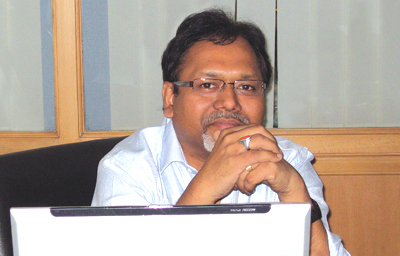
With India Aviation 2012 round the corner, this issue deals with many more areas connected with civil aviation such as business/general aviation, infrastructure and FBO requirements in India
While the global civil aviation fraternity is converging onto India’s southern peninsula for the forthcoming India Aviation 2012 to be held from March 14-18 at Begumpet airport in Hyderabad, the airline industry in India continues to crowd the media headlines for all the wrong reasons. Heading the latest nosedive is Dr Vijay Mallya-led Kingfisher Airlines which seems to be staring at a possible terminal illness, being subjected to never ending financial blows by its creditors and suppliers. But Kingfisher alone is not the only sufferer; practically all the airlines in India—big or small—are suffering from varying degrees of financial distress. The story of Air India, which has by now outlived even the notorious sobriquet of being called a ‘white elephant’, is well known to be repeated. With a staggering cumulative loss in excess of Rs. 60,000 crore ($12 billion), it would have wound up long ago but for the regular hefty sums of public money being doled out by the obliging government to keep it afloat. Jet Airways, the biggest private carrier in India, though not as badly affected as the Kingfisher is also struggling hard to contain its losses.
By now it is evident that it is not only the flawed business models of the Indian carriers but also skewed government policies which have led to the present morass in the civil aviation sector. However, it is still not too late to salvage the situation, but for that, a comprehensive policy direction is needed by the government to address the prevailing crisis and lay a path for future growth. There is indeed an urgent need for the government to create an industry-friendly and financially pragmatic environment in the civil aviation sector. First and foremost, the government should get over the bogey of ‘security risks’ and allow foreign airlines to enter the Indian civil aviation market. A liberal FDI regime would pave the way for foreign airlines to participate in India’s aviation sector and strengthen it. The government should seriously consider allowing foreign airlines to invest up to 49 per cent at least in the cash-starved domestic air carriers. Then there is the issue of ATF prices in India which are amongst the highest in the world. The Indian Government’s recent policy decision to allow direct import of ATF from abroad by the Indian carriers though welcome falls short on promise because of the inbuilt logistical problems of transportation, storage and refuelling. The government would do great service to the beleaguered sector by rationalising the ATF prices within the country to bring these closer to the international norms, as also, standardise these throughout the country by making the sales tax on ATF specific instead of ad valorem.
With India Aviation 2012 round the corner, this issue also deals with many more areas connected with civil aviation such as business/general aviation, infrastructure and fixed-base operator (FBO) requirements in India. Essentially, India’s civil aviation potential and growth story is not only intact but gathering greater and greater momentum by the day. Hopefully, the government would pay heed to bring pragmatic policy decisions into play, to spur growth and achieve the desired results in this vital sector of the nation’s economy.
And, on that hopeful note, we look forward to meeting you at the India Aviation 2012 pavillion. Do visit us at Stall 3, Hall C at Begumpet airport in Hyderabad.
Wishing you happy reading and happier landings!









